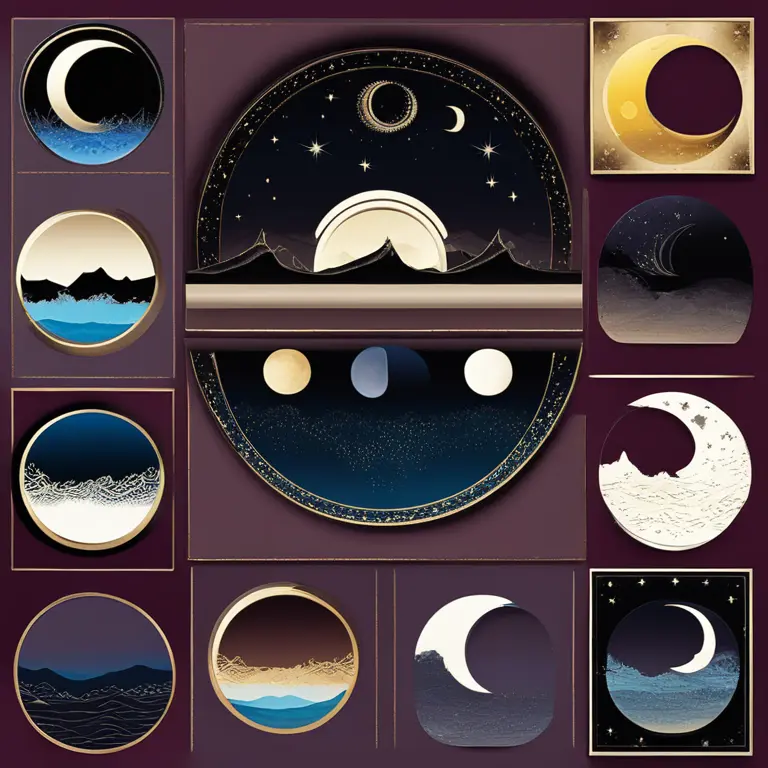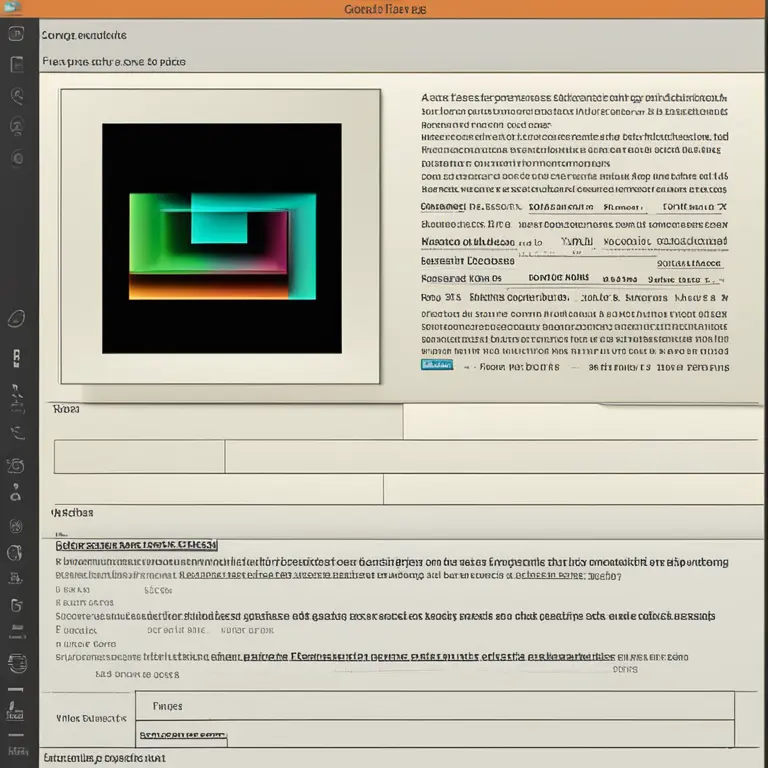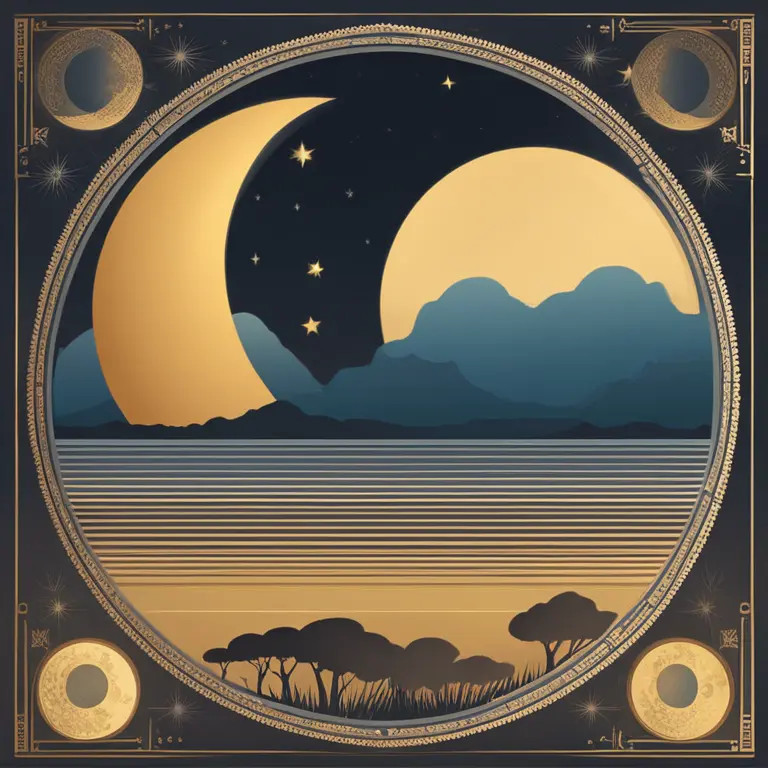
The Lunar Cycle: Phases of the Moon
Delve into the celestial mechanics behind the moon's phases and how they influence the rhythm of life on Earth.
article by Priya Deshmukh
Moon Phases: An Overview
The cyclical phases of the Moon have long fascinated humanity, serving as a celestial clock that governs the tides and guides various spiritual and agricultural practices. A Moon phase is the shape of the directly sunlit portion of the Moon as viewed from Earth. The lunar cycle, spanning about 29.5 days, exhibits a series of transformations from a new Moon to a full Moon and back. These transitions have been used to mark time, inspire mythologies, and even influence astrological prognostications for 2024 and years to come.

Lunar Dynamics: The Science Behind the Scenes
The interplay between the Earth, Moon, and Sun dictates the appearance of the Moon from our perspective. The phases result from the geometric relationship between these three cosmic bodies, creating different illuminated segments as the Moon orbits Earth. Contrary to common belief, the phases are not caused by Earth's shadow (except during lunar eclipses), but by the Moon's position relative to Earth and the Sun.

The Monthly Journey: New Moon to Full Moon
The lunar phase cycle commences with the new Moon, where the Moon is aligned between Earth and the Sun, rendering it virtually invisible. As the Moon progresses along its orbit, we witness the first sliver of the waxing crescent, which grows to the first quarter, where half of the Moon's face is illuminated. This journey culminates in the full Moon, a remarkable event when the entire disc is bright and full, offering a potent time for reflection and intention-setting in astrological practices.

The Waning Wisdom: Full Moon to Dark Moon
After basking in the full Moon's glow, the visible light gradually wanes. The full Moon transitions through the waning gibbous phase, retreating to the last quarter when it is once again half visible. The cycle returns to the mysterious waning crescent, also known as the dark or balsamic Moon, leading us back to new beginnings. In astrology, the waning period is a time for release and clearing away the old to make room for new cycles, a theme that persists in horoscope interpretations for the future years.
Astrological Insights: The Moon in 2024 and Beyond
As we peer into the astrological forecasts beyond 2023, the Moon continues to hold a prominent role in horoscope readings and biorhythm analyses. The phases of the Moon are believed to influence personal growth, emotional well-being, and compatibility. By keeping attuned to the Moon's rhythms, individuals may find guidance for personal decisions and better understand the ebb and flow of their interpersonal relationships.
Published: 1/19/2024
Modified: 1/19/2024
More predictions
Come back here soon to learn more about yourself and your future


The Accuracy of Moon Phase Watches
Discover the precision of moon phase watches and their place in the intersection of timekeeping and celestial movements.


Are Moon Phases Universal?
Delve into the intriguing question of whether the moon phase is the same across all locations on our planet, and how this celestial phenomenon influences astrology and horoscopes.


The Reality of Moon Phase Soulmates
Delve into the mystical concept of moon phase soulmates and discover if there's truth behind the celestial connection.